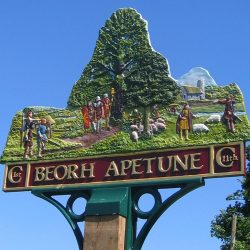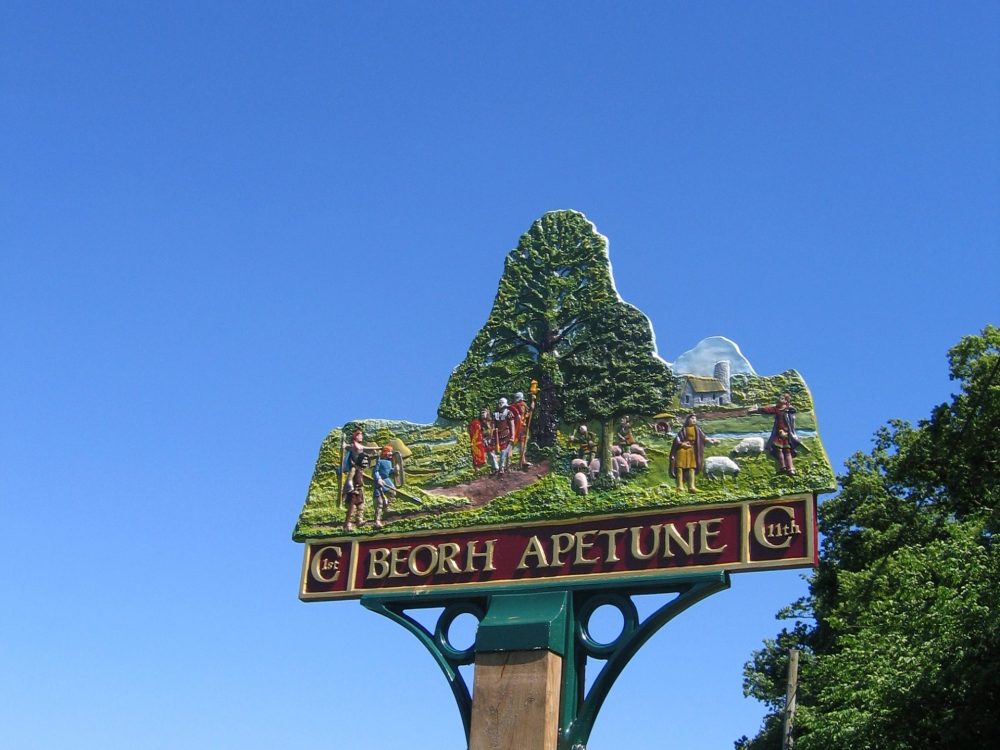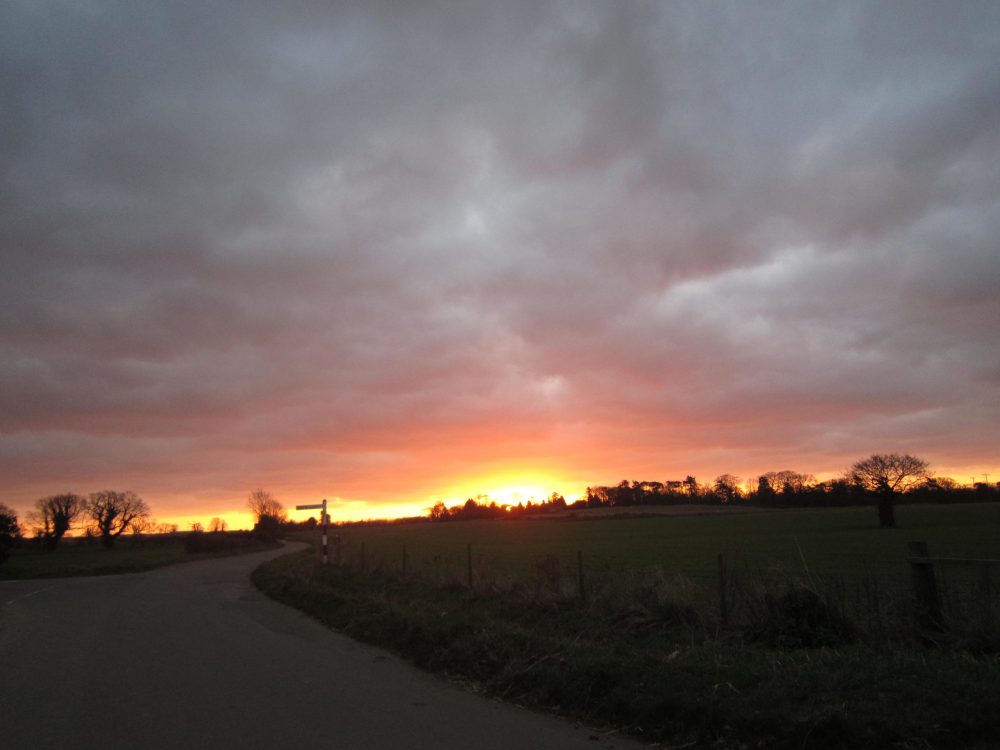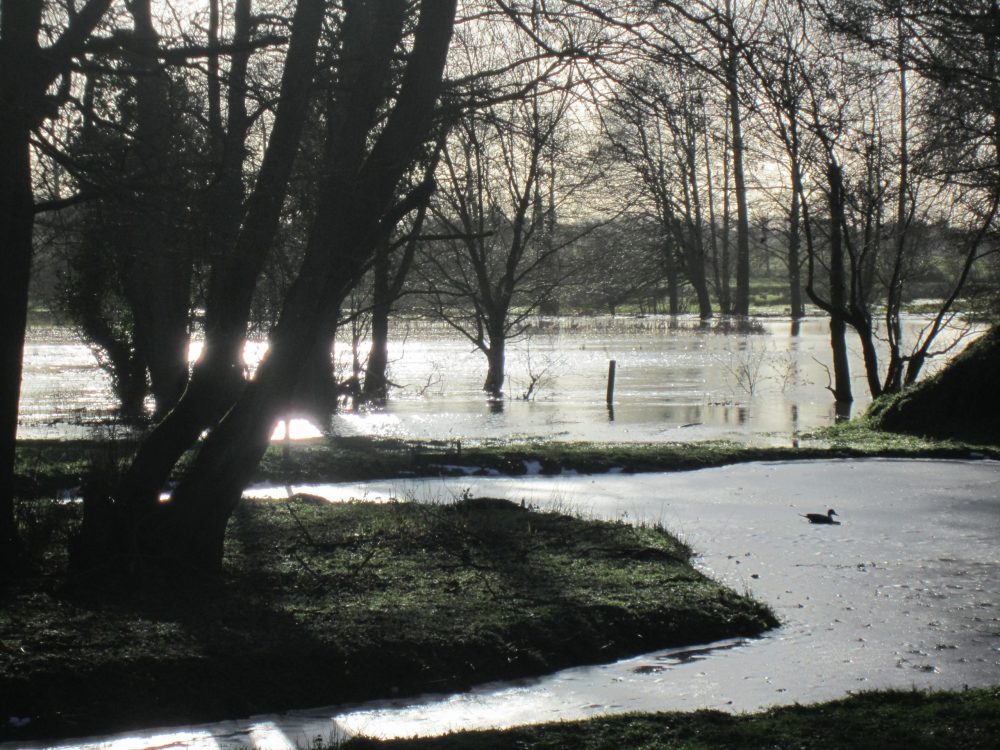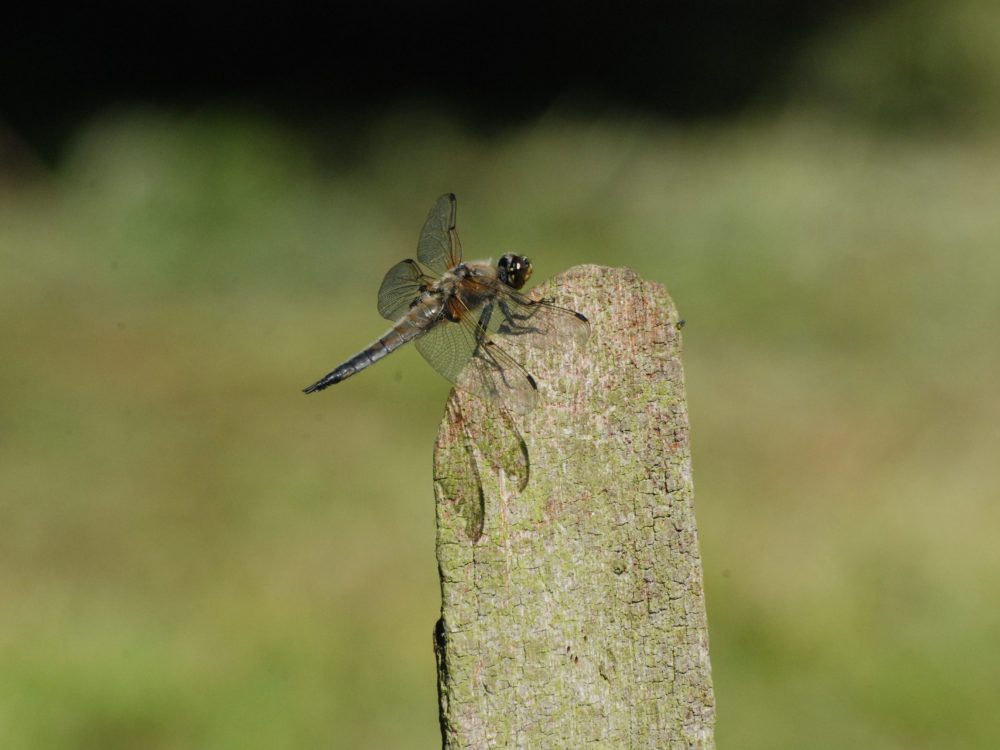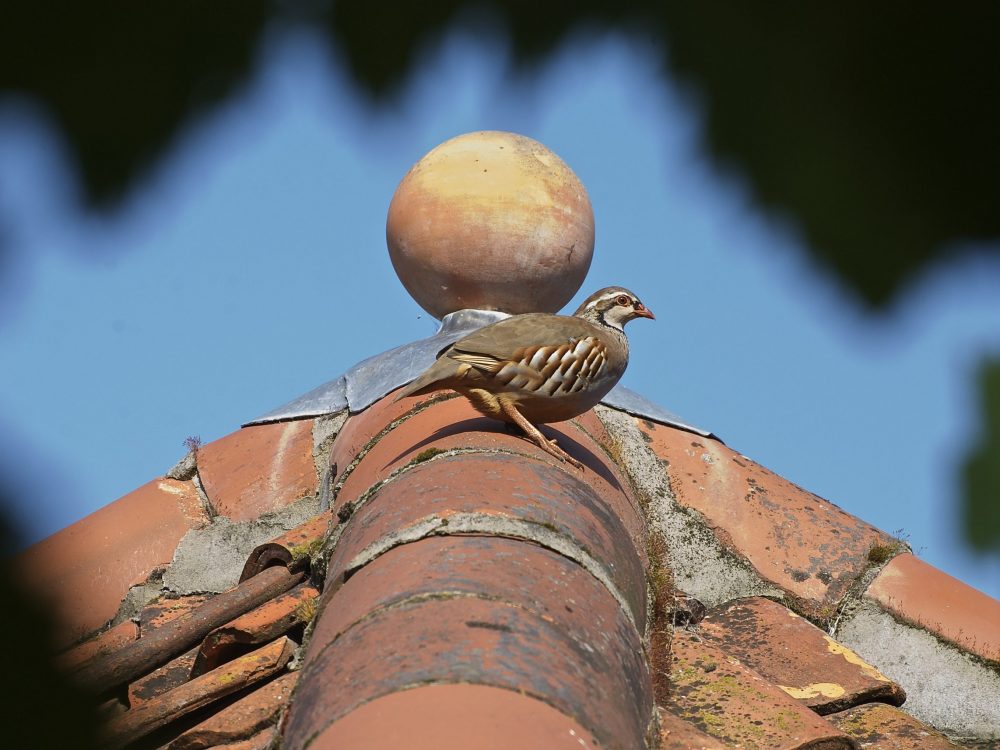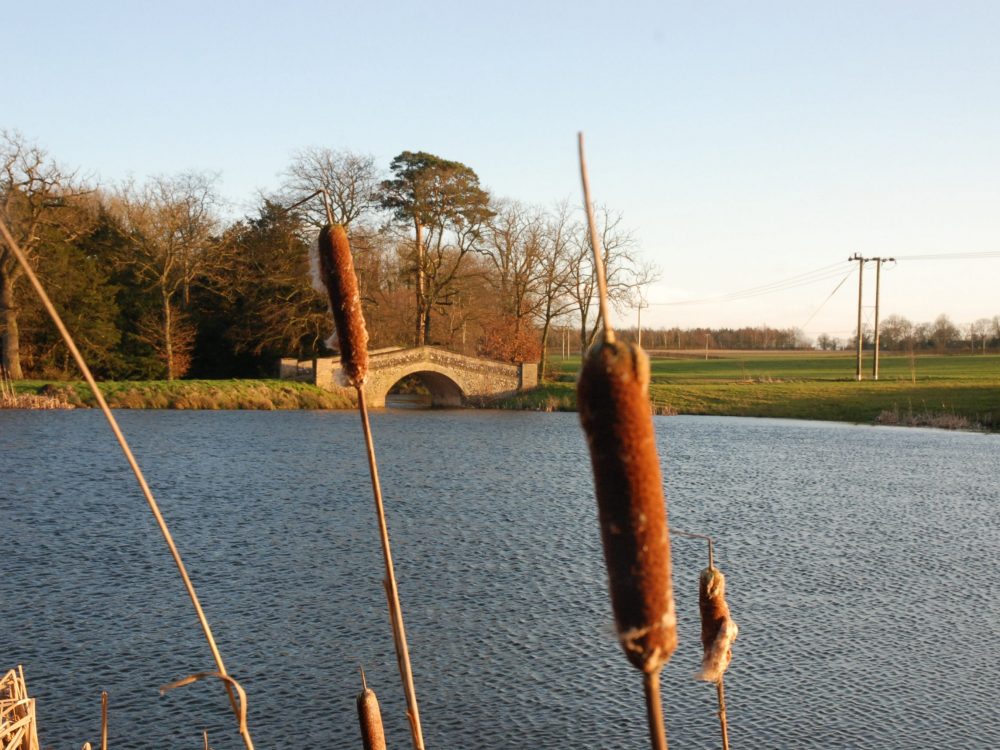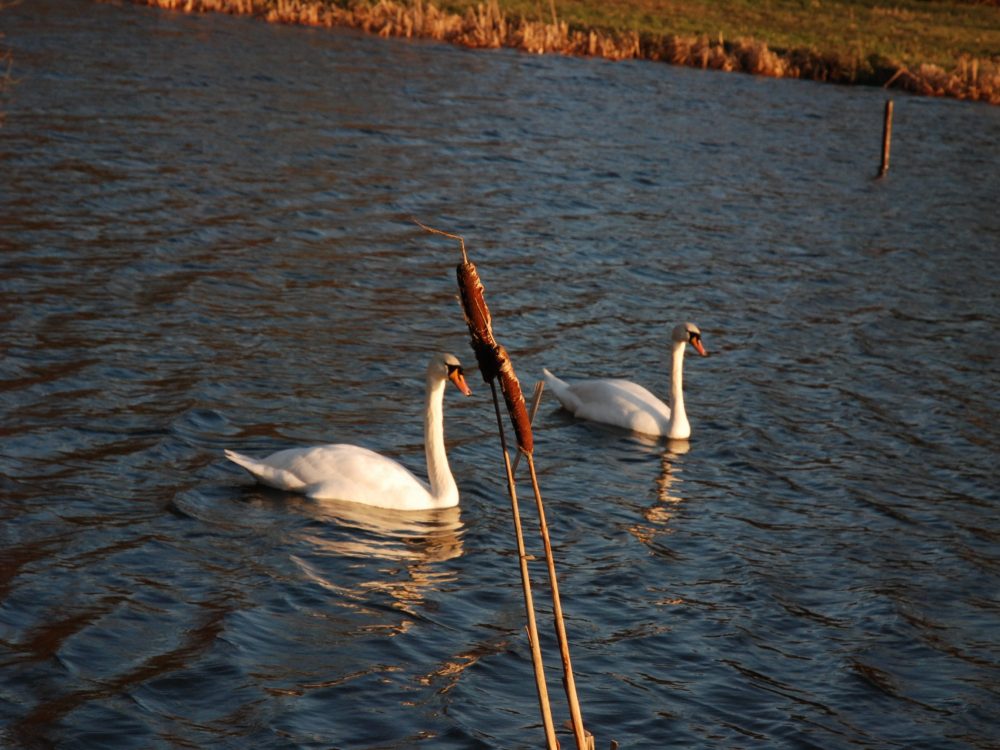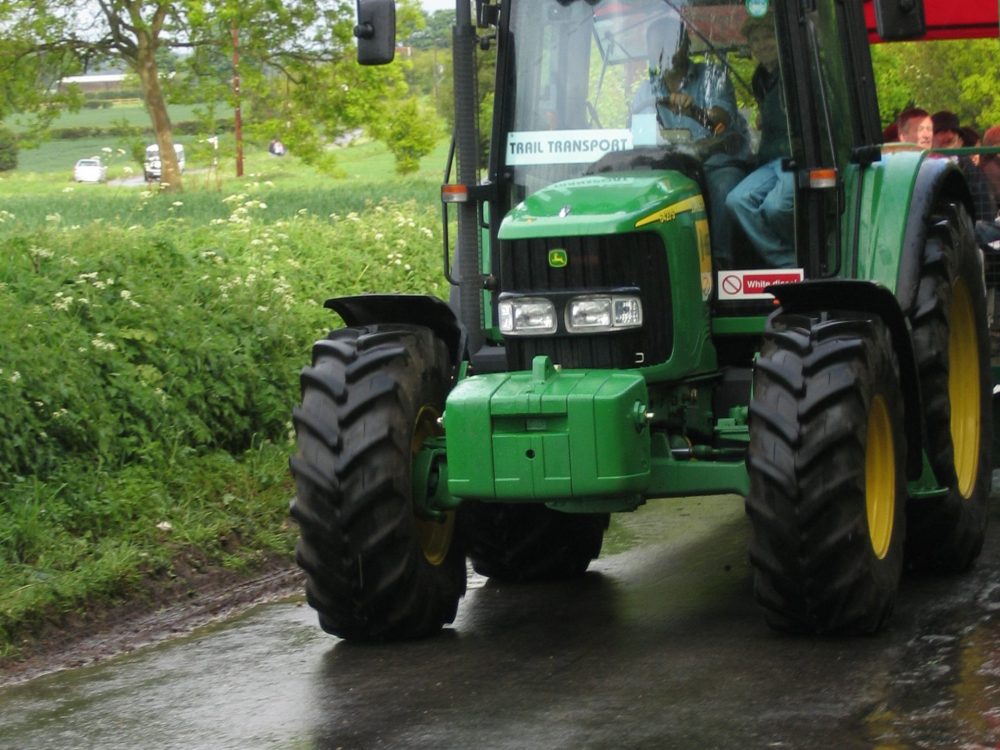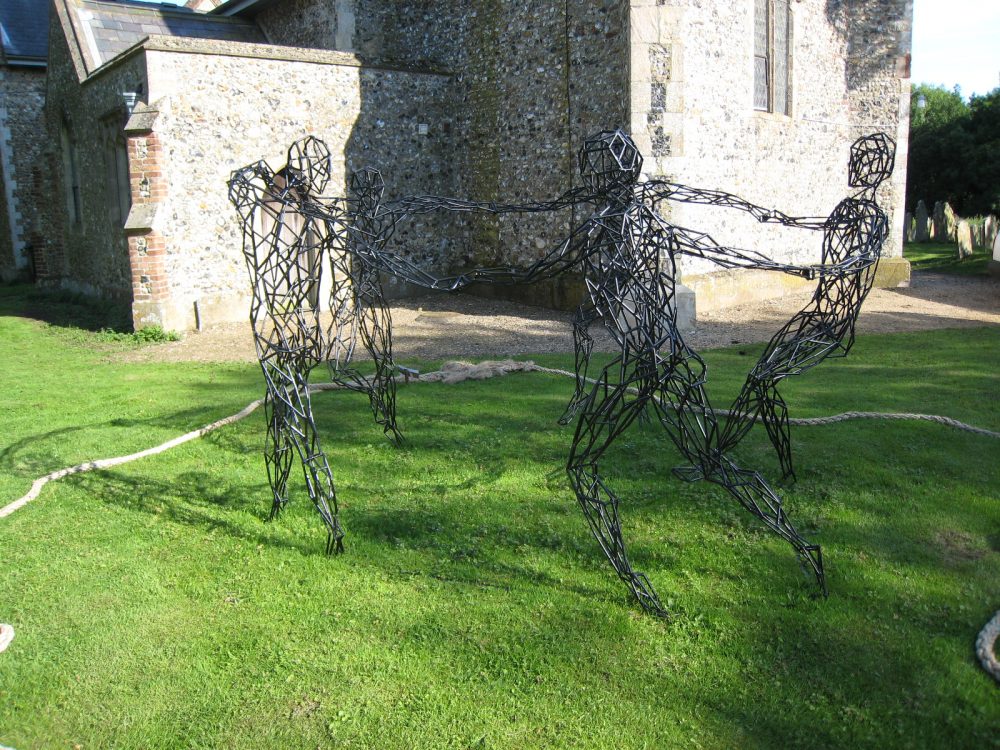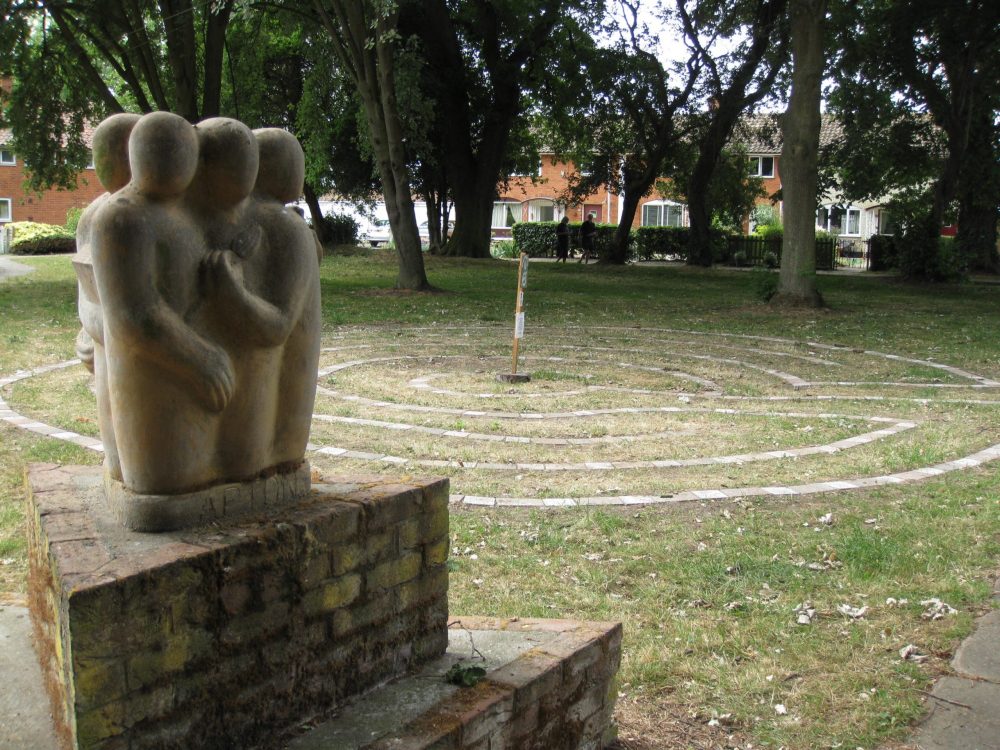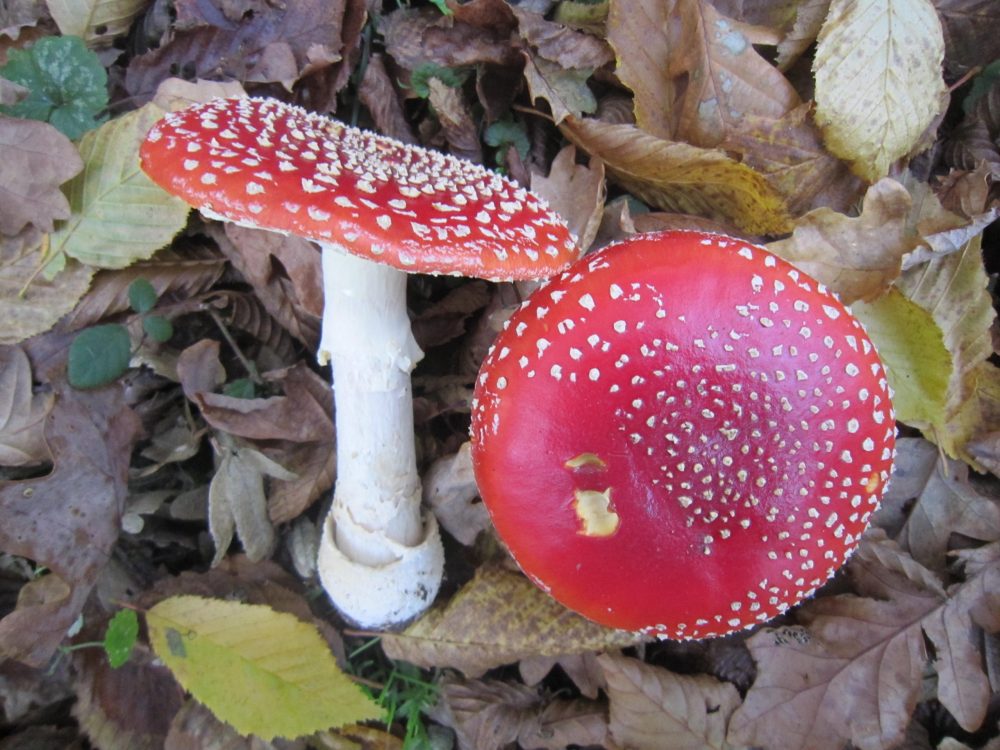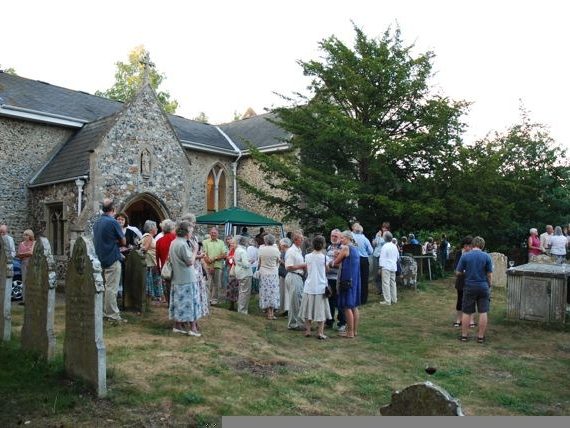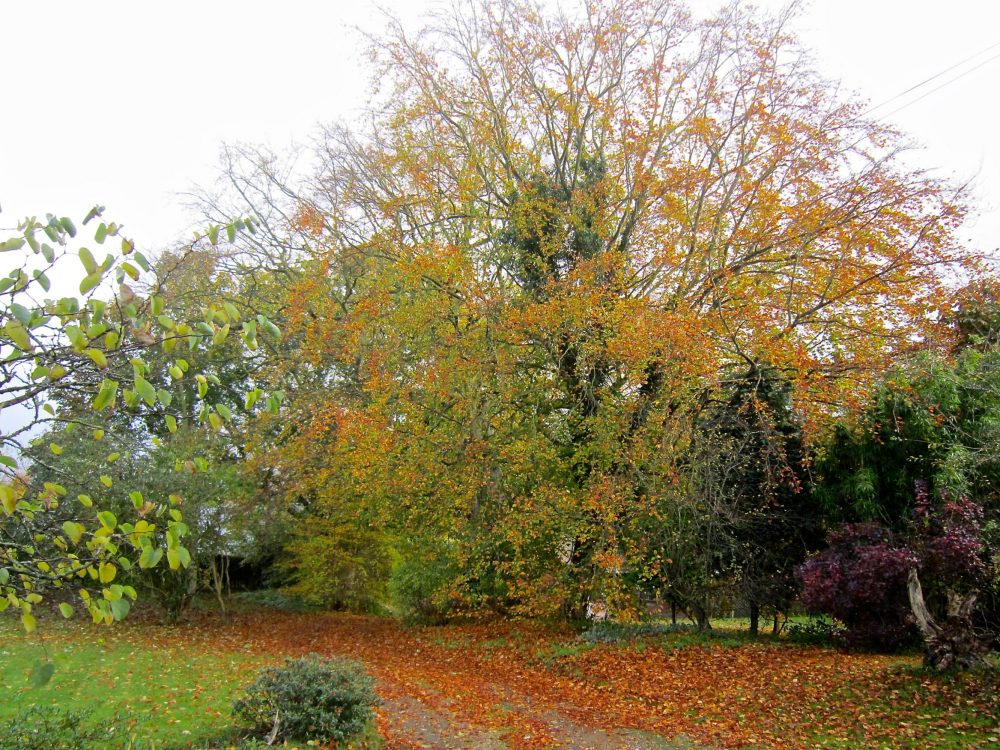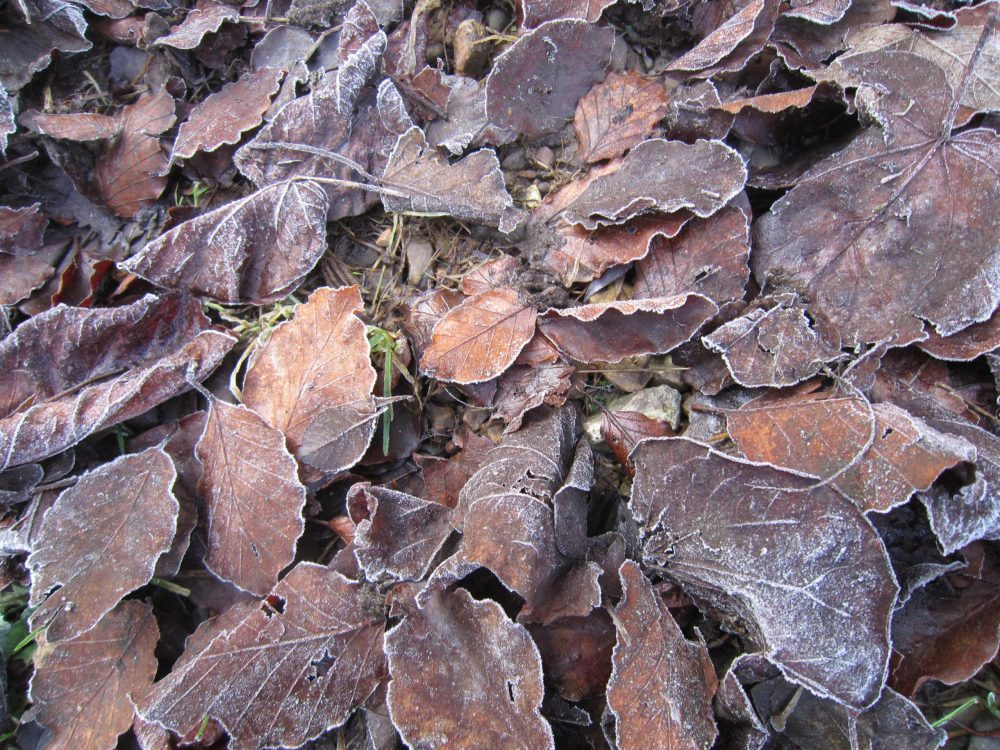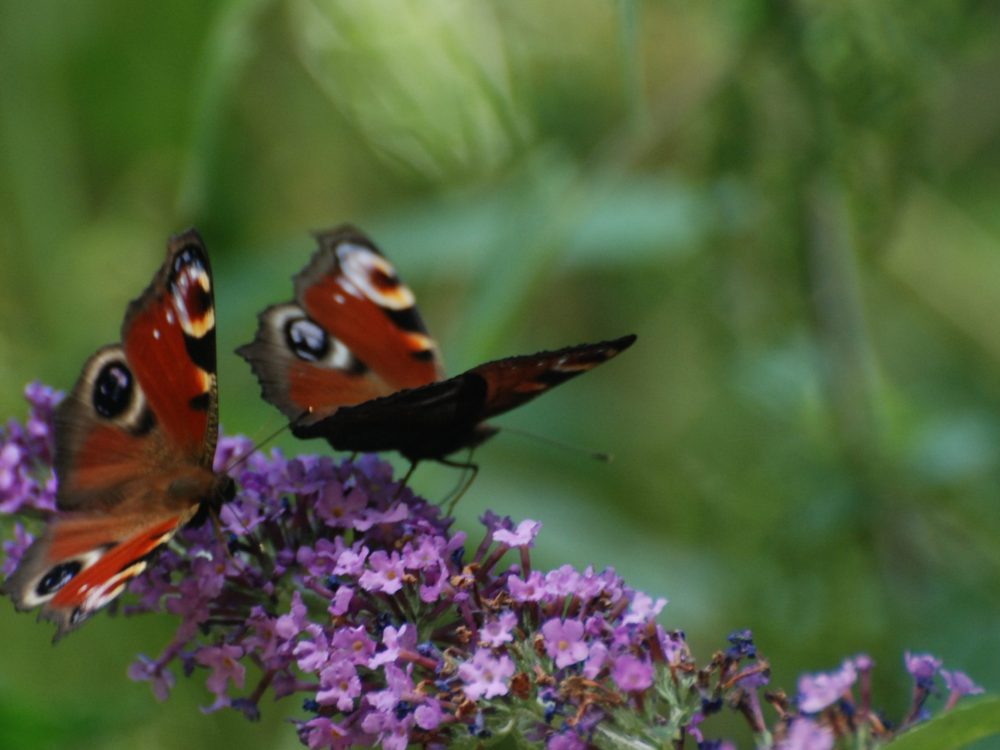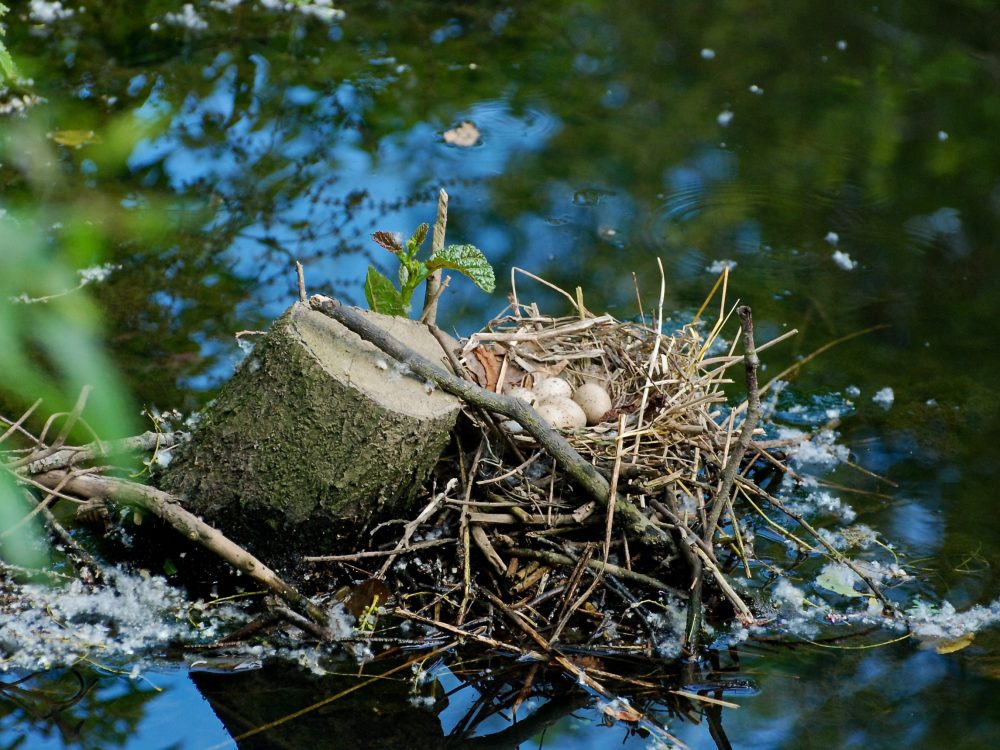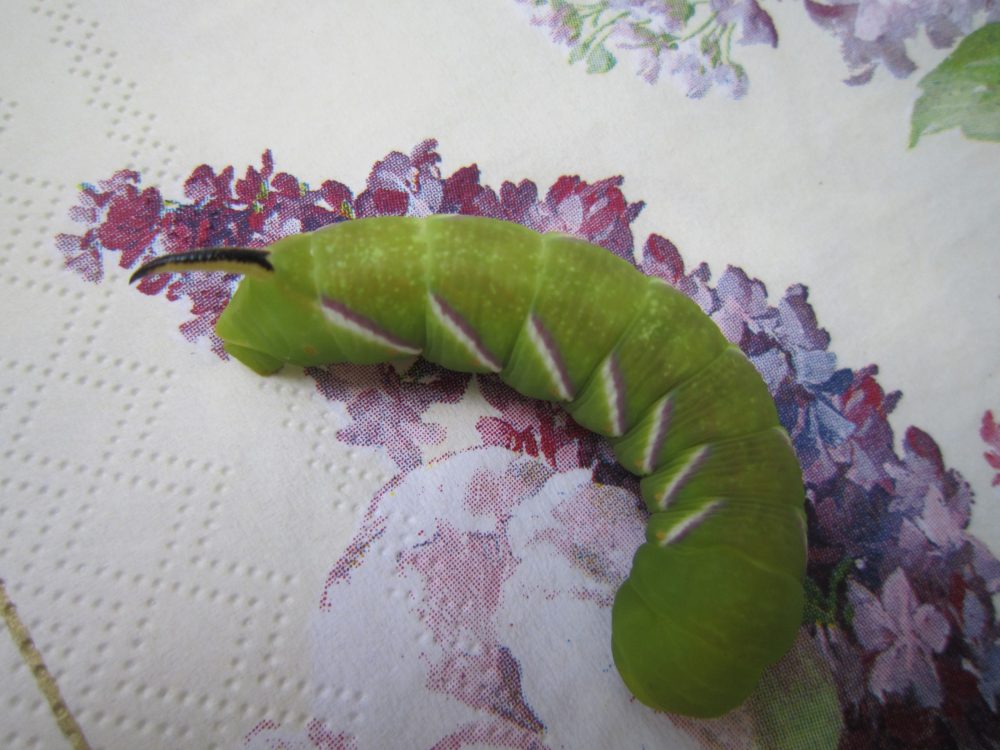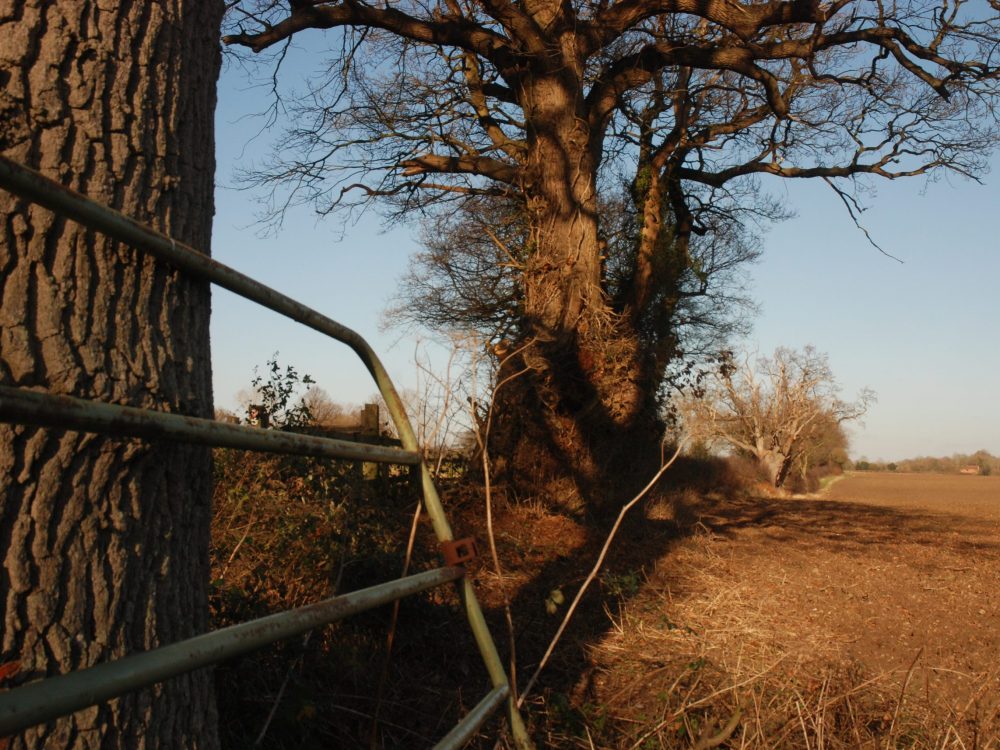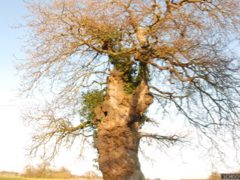Parish Clerk Vacancy
We are currently without a Parish Council Clerk. If you feel that you may have the necessary skills and enthusiasm then please have a look at the job advert here. The initial closing date for applications is past, but if you might be interested then please get in touch.
Bergh Apton Annual Parish Meeting
Draft Minutes and papers from the Annual Parish Meeting 15th May 2024 are now available here.
2024 Horse and Fun Dog Show
Details of this years show are now available here, along with details on how to enter.
A146 Safety Concerns
Following a number of joint meetings of the Parish Councils of Thurton, Ashby and Bergh Apton the councils have been lobbying for improvements to road safety along the A146 between Hellington and Thurton. This is particularly aimed at pedestrian safety.
There have been 18 road traffic accidents along this stretch of road in the last 3 years, including 4 severe injuries and one fatality, with the Thurton speed camera (40 mph) triggered 2,884 times between 1st January 2019 and 31st July 2023, the highest speed recorded being 98 mph.
A146 Road Safety Petition response is now available here.
About the Village
In Saxon and Norman times Bergh Apton was two separate villages; Apton (called either Appelsco or Appeltuna in some records) lay to the north of a line that is now Church Road. Bergh lay to south. Each had its own church with Apton served by the church of St. Martin (near the present day Church Farm on Dodgers Lane) whose last recorded use was in 1555 and whose remains finally disappeared below ground level in about 1834. Bergh was served by the Church of St. Peter and St. Paul which still stands on a low hill overlooking the River Chet that marks the southern boundary of the now-combined parish. This church appears to have been reconstructed in the 14th century, with local flint with ashlar and brick details[2]
Further significant changes were brought about in 1838 with the arrival of a new Rector, the wealthy Revd John Thomas Pelham, second son of th 2nd Earl of Chichester, who immediately set about significant change to the buiding that created the church that stands there today.
Earlier settlement details are available from the Norfolk heritage trust and contain the following information:
“The parish of Bergh Apton, in South Norfolk, was once two settlements, Bergh, from the Old English meaning a ‘hill or mound’, and Apton, meaning a ‘farm or enclosure belonging to Api’.
There is some evidence for early occupation in the parish; Mesolithic flints (NHER 10306), Neolithic axes (NHER 10313, 10435 and 10436) have been found scattered throughout the parish. There are a number of Bronze Age barrows in the parish, most of which are clustered in the east of the parish, next to the parish boundary. The site of a possible Roman villa (NHER 10316) is in the south of the parish, close to the site of an Early Saxon cemetery (NHER 1011). Painted wall plaster, roof tile, pottery and coins have all been found at the site, but there is little other evidence for the lives of the rest of the inhabitants of Roman Bergh Apton, whose daily lives were presumably very different from those living in the villa”.
By means of its Sculpture Trails, Bergh Apton became recognised as a significant feature of Norfolk’s Arts scene between 1997 and 2011. In that time six early-summer Trails took place, exhibiting significant works by as more than sixty artists in each show, displayed in private gardens throughout the village and accompanied by live music and performance arts. A highly-praised park-and-ride transport system operated by village volunteers, and the encouragement of bicycles and walking, allowed many thousands of visitors to enjoy their time in what many regarded as an enchanted village.
Residents who hold precious their community work tirelessly to ensure it remains just that.
